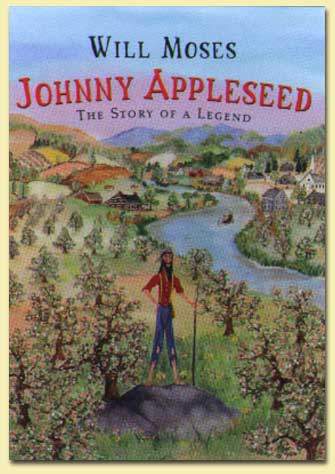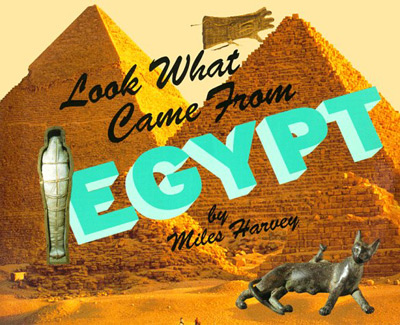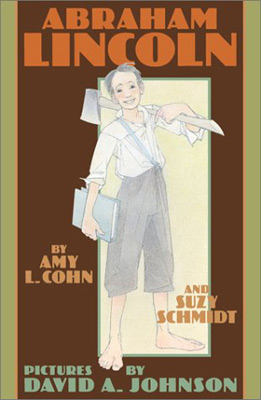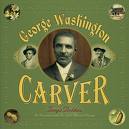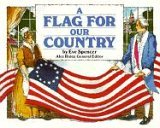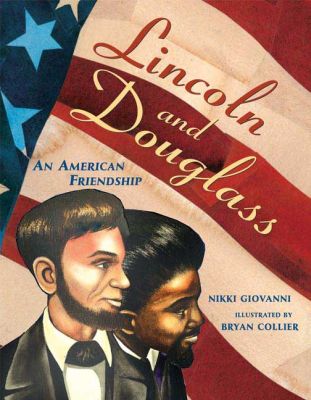
Have you ever wondered how it was discovered that the world is round? How We Learned The World Is Round, written by Patricia Lauber and illustrated by Megan Lloyd, explains the different stages of thought that existed about the size and shape of the earth throughout the ages. It begins with the idea that people thought the earth was flat. Lauber explains the reasons many people thought the world was flat, as many children may have some of the same thoughts. The book goes on to discuss the findings of the ancient Greeks and their ways of justifying that the world is actually round. With the study of the skies, the moon and the sun, they were able to determine the earth’s shape. Lauber even offers a simple hands-on experiment for students to be able to test the discovery for themselves.
Lauber describes another discovery that the Greeks make that helps later generations of European explorers learn for themselves that the earth is not flat. This discovery happens to be the size of the earth. Lauber gives illustrated examples of early maps for students to visualize the earth as the explorers did. Introduced next are the reasons for the discovery of the Americas.
Christopher Columbus wanted to sail west to the Indies. He read what the Greek geographers had said… On his first trip, Columbus found land just where he expected to. He thought it was the Indies, but it was not.
This book would be a great way to begin a discussion about the findings of Columbus and other explorers. It illustrates monumental discoveries of their time with the lack of technology we have today. It also gives easy ways for children to understand the reasons that the world is round through experiments and illustrations.
Curriculum Connections
This book could be used to explain the contributions of ancient Greece and how they have influenced the present world.(3.1) It could also be used to identify the reasons for exploring the Americas, the information gained, and the results of the travels.(3.3)
Additional Resources
- Make a globe of the earth using a balloon and paper-mache.
- Work on this Ancient Greece Multiple Choice Exercise.
- Create a map of Columbus’ voyage and three ships.
Book: How We Learned The Earth Is Round
Author: Patricia Lauber
Illustrator: Megan Lloyd
Publisher:Harper-Collins
Publication Date: 1992
Pages: 32 pages
Grades: 2-4
ISBN: 0-06-445109-7

